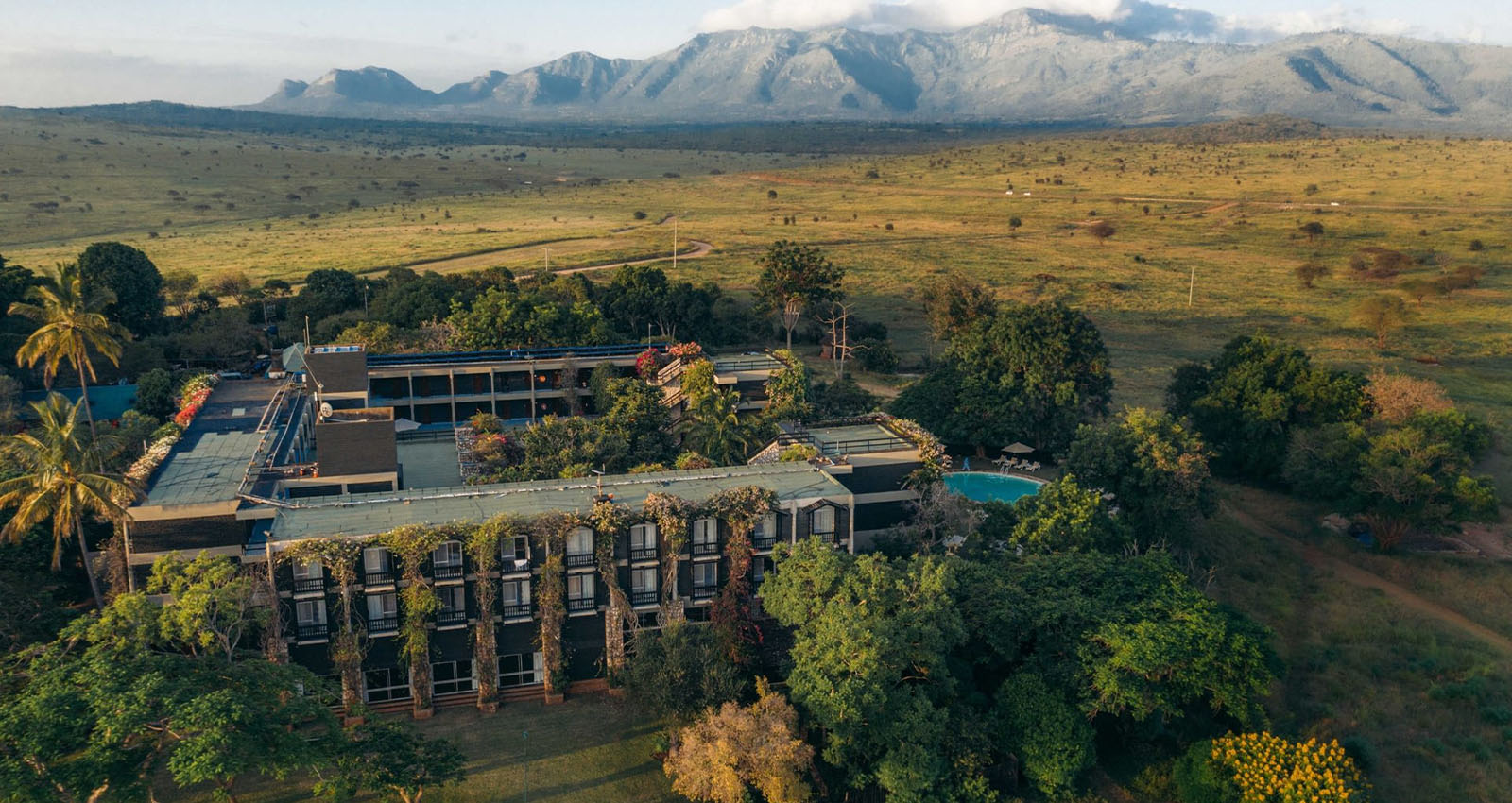Taita Hills Wildlife Sanctuary
Kenya’s most successful conservancy
The Taita Hills Wildlife Sanctuary takes its name from the surrounding hill clusters and is an important part of the Eastern Arc forests, which are designated as a biodiversity hotspot. The conservancy encompasses 28,000 acres that straddles the Southern Tsavo West National Park and serves as an important dispersal area and migrating corridor for wildlife between Tsavo East and Tsavo West National Parks, making it a highly valued tourism recreational area as well as an ecologically significant area. The topography is generally mountainous, with breathtaking views of Kilimanjaro, Pare, and Uluguru mountains, as well as clusters of Taita Hills, and a seasonal river that divides the sanctuary into valleys and lowland plains.
When to Visit:
Recommended For:

Start planning your bespoke safari by contacting our travel specialist
Suggested itinerary featuring Taita Hills Sanctuary
GET IN TOUCH
To contact an expert travel planner to start planning your adventure in Kenya, click the button below:
What Makes Us Unique?
Local Knowedge
Our unique network of on-the-ground experts, local experts, and hand-picked guides ensures that every experience is truly extraordinary
Travel with Mission
We care greatly about our society, which is why we make every effort to protect the environment, collaborate with local communities, and support grassroots initiatives.
Personalized Service
Every experience we provide is meticulously curated and tailored to your specific passions and interests.












